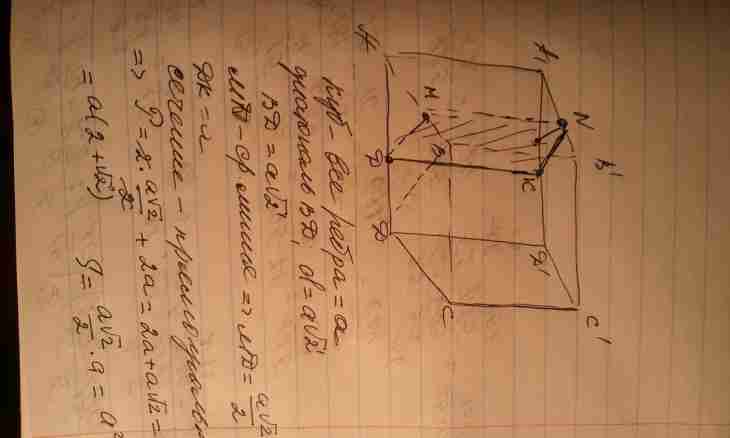Parallelepiped - a special case of a prism at which all six sides are parallelograms or rectangles. The parallelepiped with rectangular sides is called also rectangular. The parallelepiped has four crossed diagonals. If three edges are given and, b, with, can find all diagonals of a rectangular parallelepiped, carrying out additional constructions.
Instruction
1. Draw a rectangular parallelepiped. Write down the known data: three edges and, b, page. In the beginning construct one diagonal of m. For its definition we use property of a rectangular parallelepiped according to which all its corners are straight lines.
2. Construct the diagonal of n of one of parallelepiped sides. Carry out construction so that the known edge, the required diagonal of a parallelepiped and diagonal of a side together formed a rectangular triangle and, n, m.
3. Find the constructed side diagonal. It is a hypotenuse of other rectangular triangle of b, with, n. According to n Pythagorean theorem² = with² + b². Calculate this expression and take a root square of the received value – it will be n side diagonal.
4. Find m parallelepiped diagonal. For this purpose in a rectangular triangle and, n, m find an unknown hypotenuse: m² = n² + a². Substitute the known values, then calculate a root square. The received result will also be the first diagonal of a parallelepiped of m.
5. The same way carry out consistently all other three diagonals of a parallelepiped. Also for each of them execute additional creation of diagonals of adjacent sides. Considering the formed rectangular triangles and applying Pythagorean theorem, find values of other diagonals of a rectangular parallelepiped.
